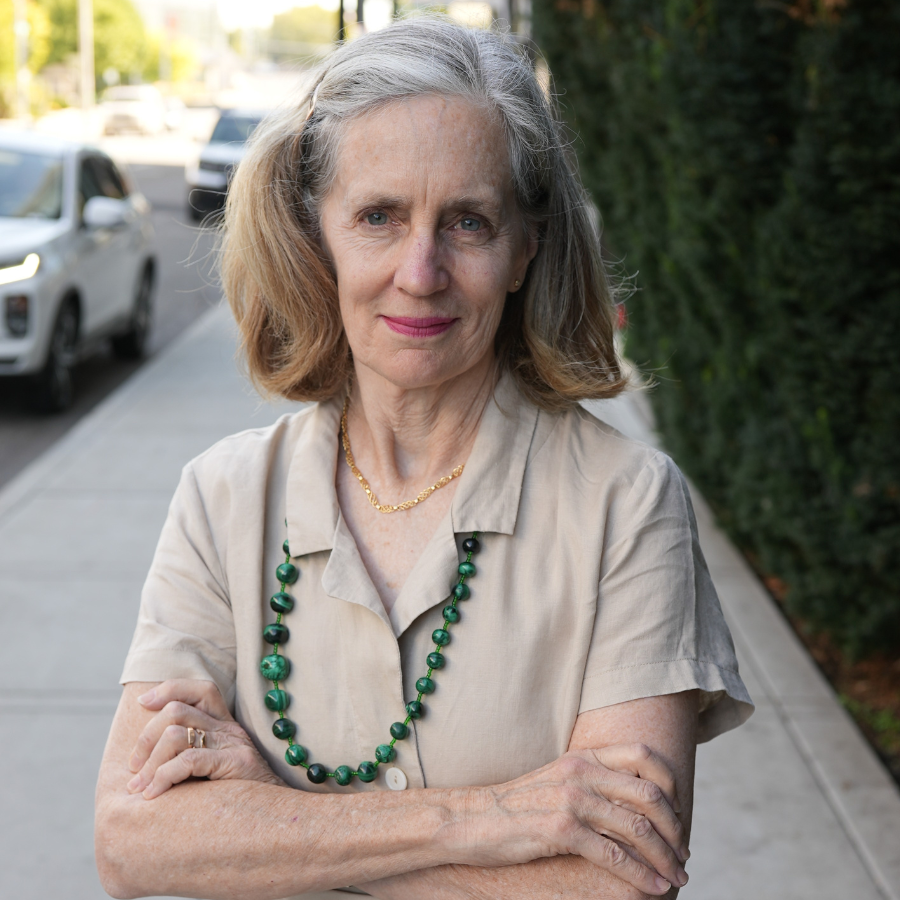Parents all over Seattle are upset and alarmed. Seattle school superintendent Brent Jones says he plans to close twenty-one elementary schools. He says his $104 million budget shortfall gives him no other options. The School District budget is larger than ever, now at one-and-a-quarter billion dollars, so the shortage is due to decisions to raise spending, and not to a lack of revenue. He seems to expect the public will accept the shuttering of their beloved local community schools as a way to fund the larger budget.
This piece aims to help parents understand the Seattle Public School (SPS) budget, available here. The budget appears to be much more complicated than it actually is. Knowledge is power, as they say.
The key idea to grasp about Seattle’s school budget is that 83 percent of the operating budget is spent on the cost of the salaries and benefits of teachers, administrators and maintenance staff. That is, $1.04 billion of the $1.25 billion cost of the SPS budget reflects the salary and benefit costs of employees set by Superintendent Jones. See page 38 of the budget.
In fall 2022 the powerful teachers union, the WEA, went on strike and put Seattle public schools on lockdown. To manage the union’s demands the Superintendent offered pay raises without the budget resources to pay for them. Now he’s asking families and children to bear the brunt of the $104 million gap in his budget.
For a public school budget, the SPS budget is unusually transparent. The first half of the budget, from pages 43 to 54, lists the Departments of the central district offices located in the John Stanford Building on Third Avenue South and Lander Street. These Departments are the following: Schools and Continuous Improvement, Operations, Student Supports, Academics, Human Resources, Districtwide Leadership, Reserves and Budget Capacity, Finance. Details about the spending of these Departments can be found on these pages.
The second half of the budget, from pages 55 to 178, lists the employees and budgets of each of the 104 schools and programs in the district. These pages show how many employees work directly with children in these schools and programs, including teachers, administrators, aides, and support staff. The total number of employees working in all 104 schools and programs is 4,665.
The SPS budget shows on page 201 that the total number of district employees is 7,270. The difference between 7,270 and 4,665 is 2,605, which represents the number of SPS employees not working directly with children in the schools. When parents rightly ask, “Where does all the money go,” this personnel accounting provides much of the answer.
The existing structure of public education leads to disasters like Seattle’s. Unlike charter school parents, parents in Seattle’s public schools cannot direct the money taxpayers provide to the school they’ve chosen, so they are forced to accept the decisions of distant district officials.
As I indicated three months ago, one long-term solution to this problem would be to convert every public school in Seattle to a public charter school, similar to the system in New Orleans. This gets parents involved and can be done by the state legislature. Parents selecting public charter schools have the power to direct their tax money to the school they’ve chosen, out of the reach of central district officials. Public charter schools control their own funding, unburdened by the cost of maintaining powerful and bloated bureaucracies, or having to buy off strikes and other political threats.
It is also important to note that Seattle’s state representatives and state senators, and the state superintendent of public instruction, share responsibility for these school closures. There are workable alternatives to closing local schools, if only elected officials have the imagination and boldness to consider them.
Our elected leaders are responsible for adequately funding the schools, for transparently administering state and federal funding, and for holding local officials accountable for managing SPS, the budget of the richest district in the state. So far they have failed to do so, but they may well listen to the demands of well-informed parents.




